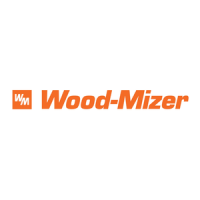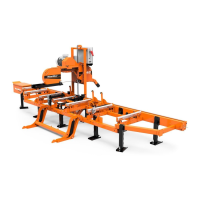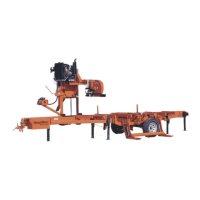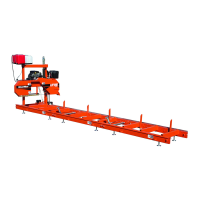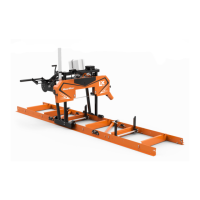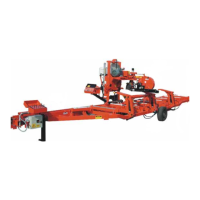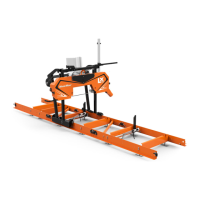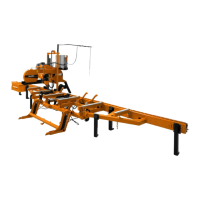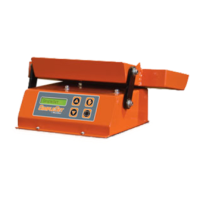Why Wood-mizer 1992 LT40HD battery will not stay charged?
- Bbrandon24Sep 23, 2025
Turn the switch OFF when not in use if the key switch is left ON. Visually check for bare wires and/or have checked if there is a short in system. Have the system checked by an authorized Onan dealer if the charging system is not functioning. Check fluid levels and add proper solution if there are bad cells. Adjust low end RPM if the idle is improper. Check for a loose wire and replace the light if necessary if the alternator light is burned out.
